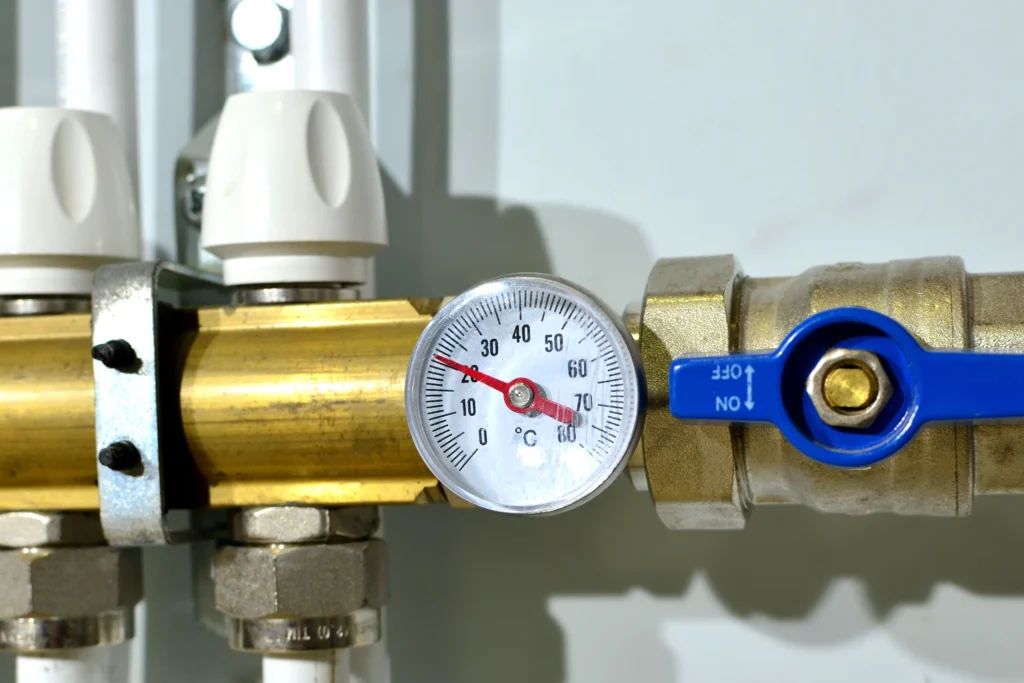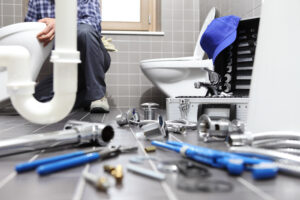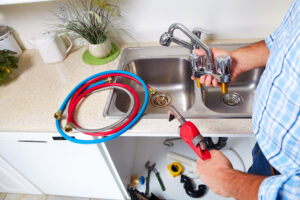Most homeowners find it a little nerve-wracking meddling with a water heater tank. One relatively straightforward task is opening a pressure relief valve. However, the only challenge that may arise is finding its appropriate location as it can vary depending on your specific model.
It is necessary to take prompt action if the relief valve is not working properly, or you notice signs of leaks. Just like any other safety device, it is important to inspect it periodically to ensure it is working correctly.
This guide elaborates the safety measures and steps required when resetting the relief valve of your water heater and the point you should seek expert help.
How does it Work?
The pressure release valve on your water heater serves as an essential safety switch. It is equipped with a discharge hose and usually sits on the side or top of the tank.

Water heater pressure reset
This crucial component activates when the water temperature goes beyond a certain level, often 210 degrees Fahrenheit, or if the force increases too much within the tank, typically above 150 psi. When the valve-mechanism opens, it allows hot water or steam to escape via the pipe. This eases the built-up force and reduces the temperature, preventing potential tank raptures or hazardous occurrences. It then shuts off and reseals the tank automatically when the temperature or forces inside reaches their optimal levels.
Prioritizing Safety
The pressure release valve has to be reset in order to continue working properly, but safety must always come first. Burns may result from ignoring safety measures since the valve discharges searing hot water when opened. Furthermore, a malfunctioning valve or incorrect reset may expose your water heater to an excessive build-up of pressure, which might result in floods and tank ruptures. A seamless and secure process is ensured by adopting safety precautions including donning protective gear and adhering to suggested protocols.
The Reset Procedure
It is not advisable to try to reset the valve that releases pressure on your water heater, especially if you do not understand the mechanisms involved. Their primary purpose is to expel excess built-up force and stop tank ruptures as a safety precaution. Therefore, it is essential to identify the root cause of the issue should you notice signs of water leakages around it. In these cases, an internal tank issue, a malfunctioning temperature control, or excessive water pressure could be inhibiting the proper functioning of the system. Resetting the valve without addressing the underlying issue could pose a significant risk. You can test the valve at least once a year to ensure it is operating efficiently.
To reset, look for the pressure relief valve, which is often positioned on the side of your water heater. After turning off the utility supply inlets and letting the tank cool, cautiously raise the lever or ring for a brief period. When the lever is raised during this process, you should expect a brief outburst of water. If the valve leaks constantly even after you lower the lever, or if it does not release any water at all, you may have to schedule a replacement. In these situations, seek the advice of a licensed plumber to ensure your water heater is operating properly through appropriate diagnosis and repair.
When to Consider Replacement
In most cases, it may not be required to reset the valve. If the discharge is temporary and caused by a pressure spike, reactivate the water supply and check the pressure gauge. As long as the pressure remains within the specified range, which is often less than 150 psi, the valve is ready to go and does not require adjustment. However, if the valve regularly releases or the pressure gauge reads abnormally high, it is best to consult with a trained plumber to determine the main cause of the problem. If resetting does not resolve the issue, the pressure relief valve may have to be replaced entirely. For assistance, it is recommended to check the water heater’s handbook or contact a qualified plumber to resolve the issue.
In order to keep your water heating system operating safely and effectively, you must reset the pressure release valve. It has to be regularly inspected and tested to guarantee peak performance and avoid any potential risks from high-pressure accumulation. If you have trouble throughout this process, or if the issue continues after resetting the valve, you should not be afraid to seek expert assistance. This can help you resolve the problem as quickly as feasible in order to prevent unforeseen events in the future.




